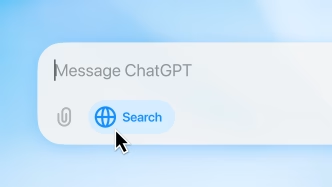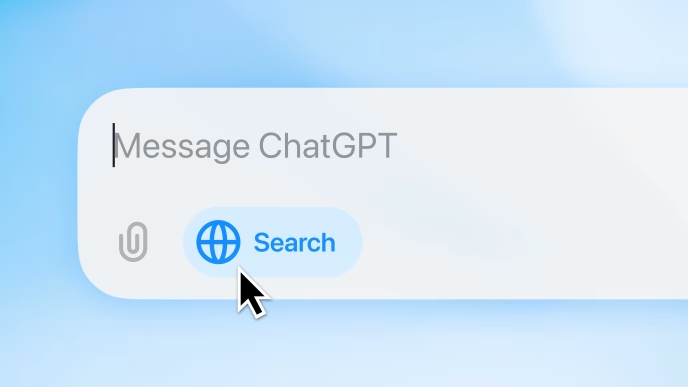Tensions have escalated dramatically in Los Angeles as anti-ICE protests have turned into widespread urban unrest. Across multiple days, thousands of demonstrators have clashed with federal immigration agents, riot police, and National Guard troops. Major roadways and freeways have been blocked, and incidents of vandalism—burning vehicles, including Waymo driverless cars—and looting have been reported across Downtown and surrounding districts.
Authorities have deployed tear gas, rubber bullets, flash-bangs, and pepper balls to disperse crowds. In response, local leaders say they’ve reached operational limits: the LAPD declared parts of the city an unlawful assembly, and officers are stretched thin dealing with violent clashes and large-scale demonstrations.
The federal response has ramped up: President Trump federally activated over 300 National Guard troops and placed 500 Marines on high alert—without approval from California’s governor—marking the first such deployment in Los Angeles since the 1992 unrest. State officials have condemned the move as a serious violation of state sovereignty, and legal action is being prepared to challenge it.
On the streets, the situation remains volatile:
- Protesters have consistently ignored dispersal orders, reoccupying key intersections, city hall steps, and freeways.
- Vehicles have been ignited, stores looted, and journalist safety compromised amid live coverage.
- There have been scattered reports of injuries—protesters, officers, and passersby included.
- Numerous arrests have occurred, though clashes persist as tensions continue to boil over.
What This Means
Los Angeles is now in a virtual state of emergency. Every night brings renewed tension, and the expanded presence of armed troops and federal forces has only escalated unrest. Unless a swift, strategic resolution is reached—through de-escalation or dialogue—the crisis risks deepening and spreading to other California cities.
















